Advancements in machine learning could reduce the need for live human review and cut costs for fisheries monitoring and managing
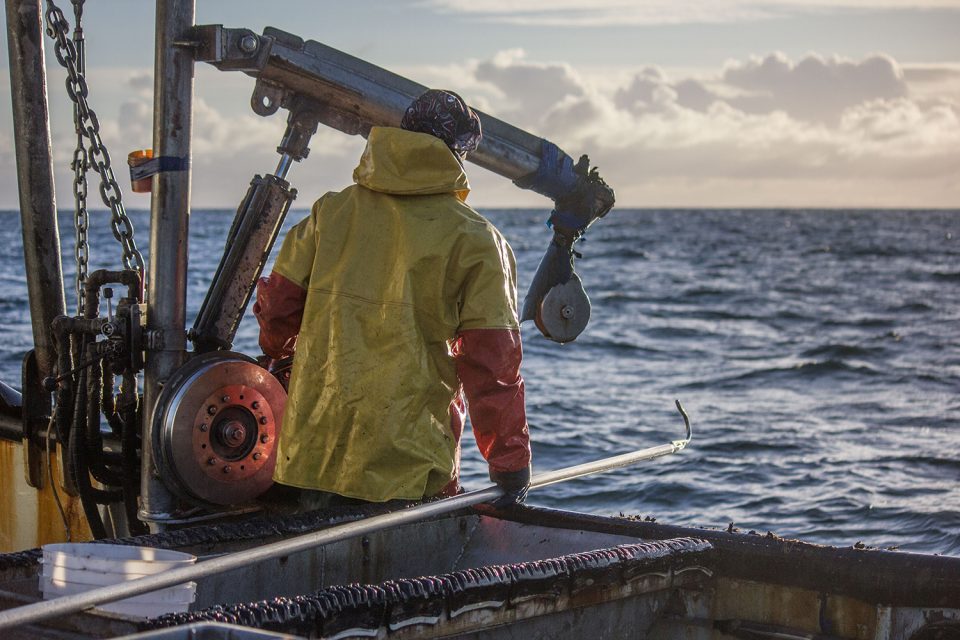
Amanda Barney is confident that artificial intelligence (AI) will vastly improve the fishing industry – eventually. In fact, the CEO of electronic monitoring (EM) company Teem Fish is banking on it. Having spent seven years running fisheries monitoring programs for Ecotrust Canada, as well as recently developing and piloting EM assessment tools in crab, groundfish and whiting fisheries, she’s witnessed firsthand the strides made in the seafood industry, as well as the needs AI is helping to meet.
“There are really big data deserts that exist when it comes to commercial fishing information and while observer programs are excellent, human beings need to sleep,” she said. “You can’t always get folks on vessels and there are some fisheries where it is treacherous.”
If AI can be advanced to the point where it can make a wide array of assessments about what’s being caught and how and where, it will reduce or even eliminate the need for live human review and reduce costs for fishermen and fleets at the same time.
In some instances, it’s already doing just that. On-deck cameras record 24 hours a day, day after day, yielding vast amounts of data for reviewers to look over. AI algorithms are trained through a rigorous and often lengthy process to pick up movement on the deck, signifying moments when fishing activity occurs, and they are just starting to recognize the shapes of fish species being caught and how the crew handles them.
AI algorithms can “find all the times that something’s happening [on deck] – not hugely specific like, ‘I found you a tuna,’” said Barney. “But in one of our fisheries, we were able to take a month’s worth of data and run an algorithm [to] say, ‘Here are 40 different flags for you to check.’ It’s incredibly helpful in getting your [human] analysts to be more efficient in identifying activity, so they don’t spend five hours watching video at 32 times speed to find out when inside a 25-day trip [a crew] was fishing. That makes the program really affordable.”
This is just the beginning of AI’s promise, Barney believes, although more sophisticated analysis is still in the works. The next phase includes developing algorithms that will help detect what species of fish a boat has caught, in numbers that don’t exceed quotas, with no illicit bycatch – and without the engagement of a live human.
“There are lots of pilot programs that are trying to identify and potentially measure fish, but we just haven’t gotten to the point where the validation exists so there’s enough statistical confidence for a regulator to say, ‘Yeah, your algorithm gets it right,’” Barney said.
Part of the complexity: “A cod fish that comes off a line versus out of a net that’s in low light, versus a lit-up deck at night, versus on a white deck versus on a blue deck … There’s so many different ways an image can exist that it takes a huge amount of training for algorithms to be successful across a lot of different vessels or fields.” Still being worked out as well are ways to cut down on the amount of data that’s being collected and sent to reviewers; “We’re still piloting not collecting everything,” Barney said.
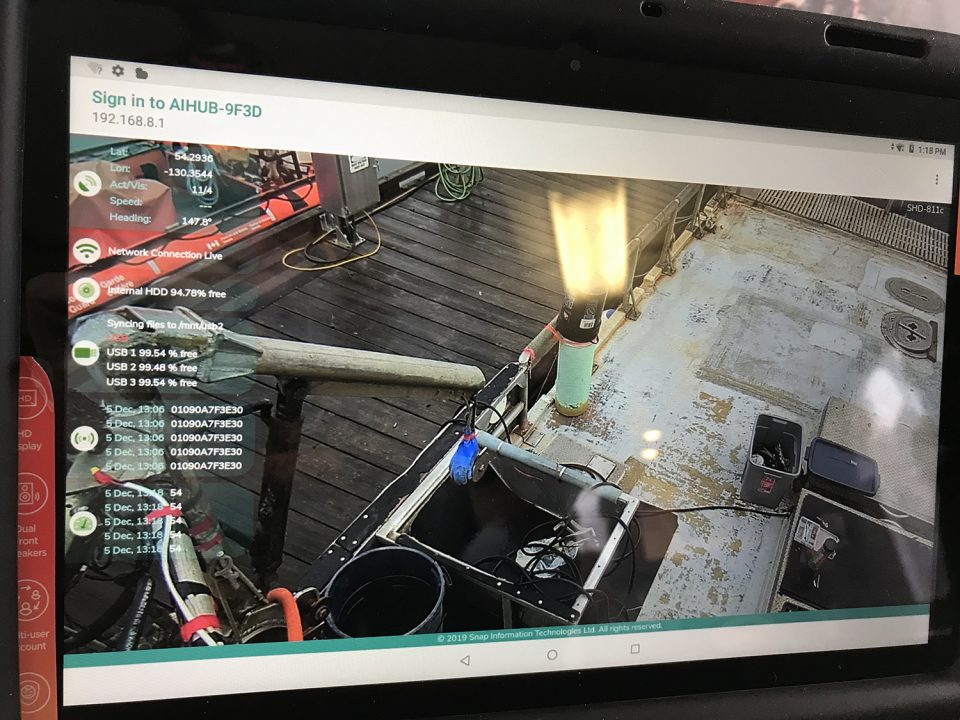
Mark Hager, CEO of New England Marine Monitoring (NEMM) – once a Teem Fish data collecting collaborator and now a competitor – is concerned with the same challenges. And like Barney, he’s trying to figure out how to process so much data from deck-mounted cameras in ways that are more efficient and affordable; he said the tech currently costs about half what an onboard human monitor does but thinks that price could be cut in half again.
But he’s also focusing AI improvement efforts on providing “value-back” service to his customers. What if, in addition to collecting data to appease regulators, algorithms could help fishermen improve their practices?
Currently, NEMM equipment is installed on 30 vessels in the Atlantic groundfish fishery and from that, “there might be patterns we can tease out,” he said. By combining spatial metrics, bottom type (sandy, rocky, etc.) metrics, water temperature, gear type, “We might be able to aggregate a dataset on Atlantic cod bycatch at certain temperature ranges or give [fishermen] some predictive outputs on what they might expect to catch at a given time.” The challenge here, though, goes beyond the technical. “You have to be careful when you collect an aggregate that you share back out because one fleet or one boat has a sweet spot and if they’re fishing at a certain temperature range, for example, they would consider that their confidential trade secret.”
You can’t always get folks on vessels and there are some fisheries where it is treacherous.
Confidentiality could possibly be an issue for another solution that Barney envisions for AI in fisheries monitoring. “Instead of just looking at catch and discard, could human rights violations and safety regarding living and working conditions of these vessels be tracked?” she asked. In her opinion, AI might have a large impact in improving conditions for crews on international vessels that are out to sea for months at a time. However, according to IT educational resource company Dataversity,“AI has the potential to violate human rights and undermine the laws that protect them. Using big data together with AI can threaten the right to privacy due to a risk of increased surveillance and monitoring.”
By some estimates, AI monitoring won’t reach a “plateau of productivity” for another 10 to 15 years. And getting there, said Hager, is going to require some non-tech-related efforts towards improvement.
“One of the things holding us back a bit is we don’t have any guidelines or standards from managers about how we run these programs,” he said. “How much video do we have to review? What does that video have to look like? What angles does it have to have? How good does the quality of video have to be? How quickly do we have to review then analyze it?”
AI improvements continue apace, but their utility won’t be quantifiable until guidelines exist for using them.
Follow the Advocate on Twitter @GSA_Advocate
Now that you've reached the end of the article ...
… please consider supporting GSA’s mission to advance responsible seafood practices through education, advocacy and third-party assurances. The Advocate aims to document the evolution of responsible seafood practices and share the expansive knowledge of our vast network of contributors.
By becoming a Global Seafood Alliance member, you’re ensuring that all of the pre-competitive work we do through member benefits, resources and events can continue. Individual membership costs just $50 a year.
Not a GSA member? Join us.
Author
-

Lela Nargi
Lela Nargi is a Brooklyn, N.Y.-based veteran freelance journalist covering the food system, social justice issues, science/environment, and the places where those topics intersect for The Guardian, Civil Eats, City Monitor, JSTOR Daily, Sierra, Hakai, and Ensia, among other outlets; she’s currently contributing writer for The Counter. You can find her at lelanargi.com and on Twitter @LelaNargi.
Tagged With
Related Posts
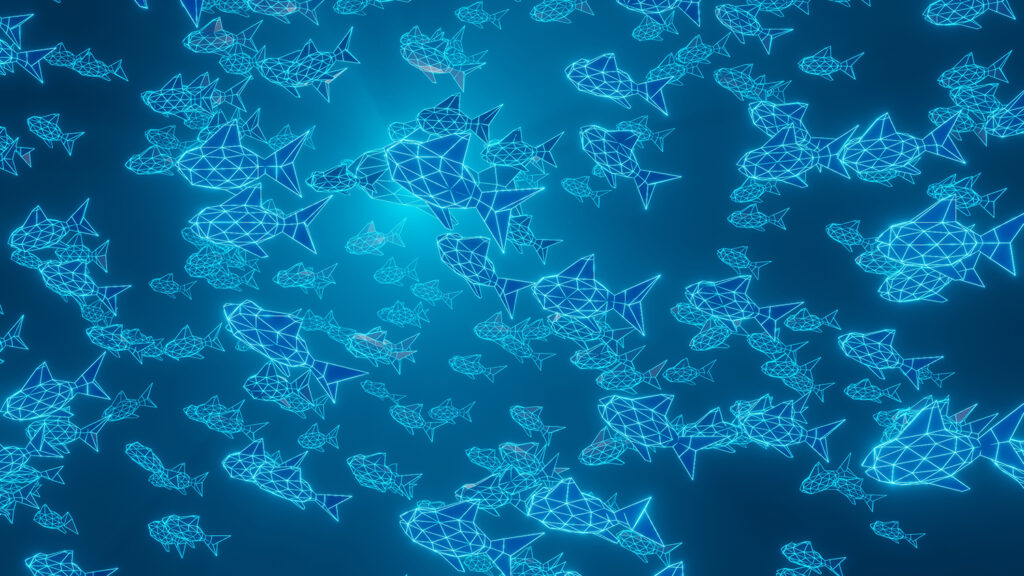
Innovation & Investment
‘AI ticks all the boxes’ and is proving to be a perfect match for aquaculture
Artificial intelligence (AI) is rippling through the aquaculture industry, promising greater efficiencies and insights, as well as investor interest.
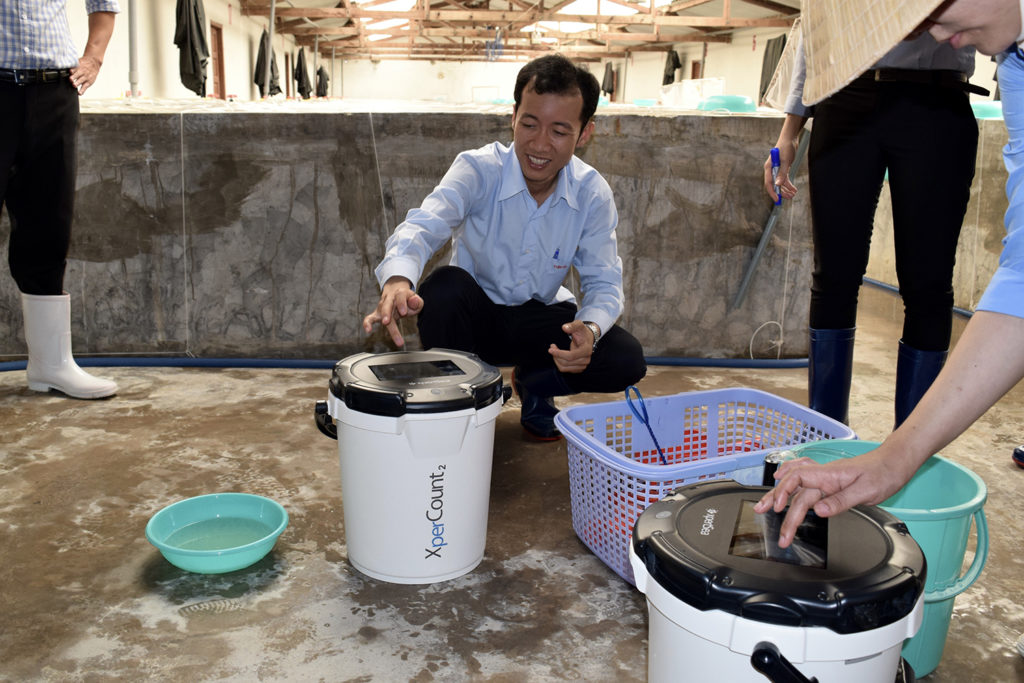
Innovation & Investment
AI platform delivers data to fish and shrimp farmers
XpertSea does more than count fish. It uses AI and computer vision to calculate growth rates and optimal harvest dates to improve aquaculture efficiency.
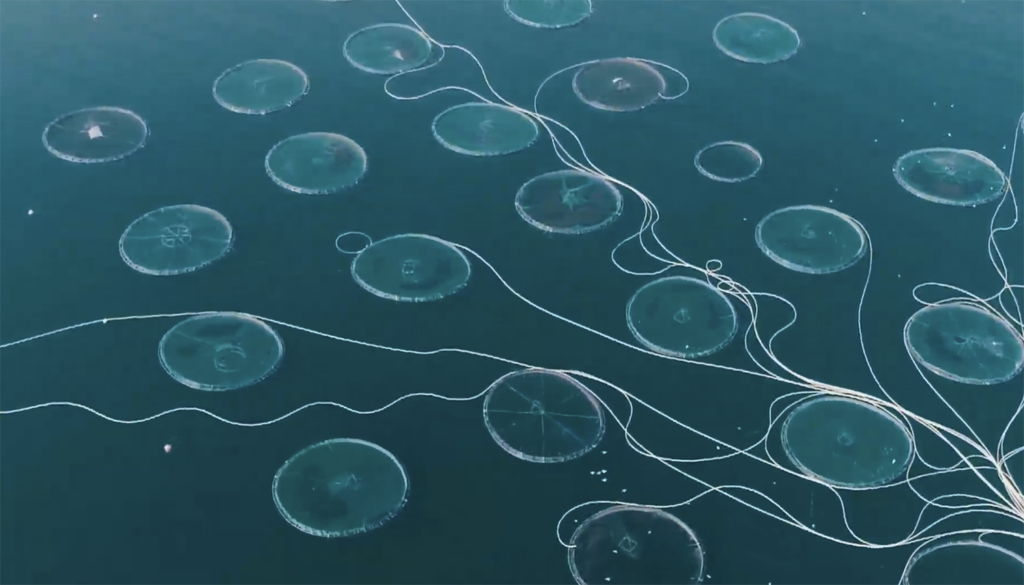
Innovation & Investment
Apps, AI and algae: Meet Hatch Blue’s fourth cohort
Hatch Blue’s fourth cohort performed their pitches online for the first time, showcasing a spectrum of aquaculture product and service businesses.
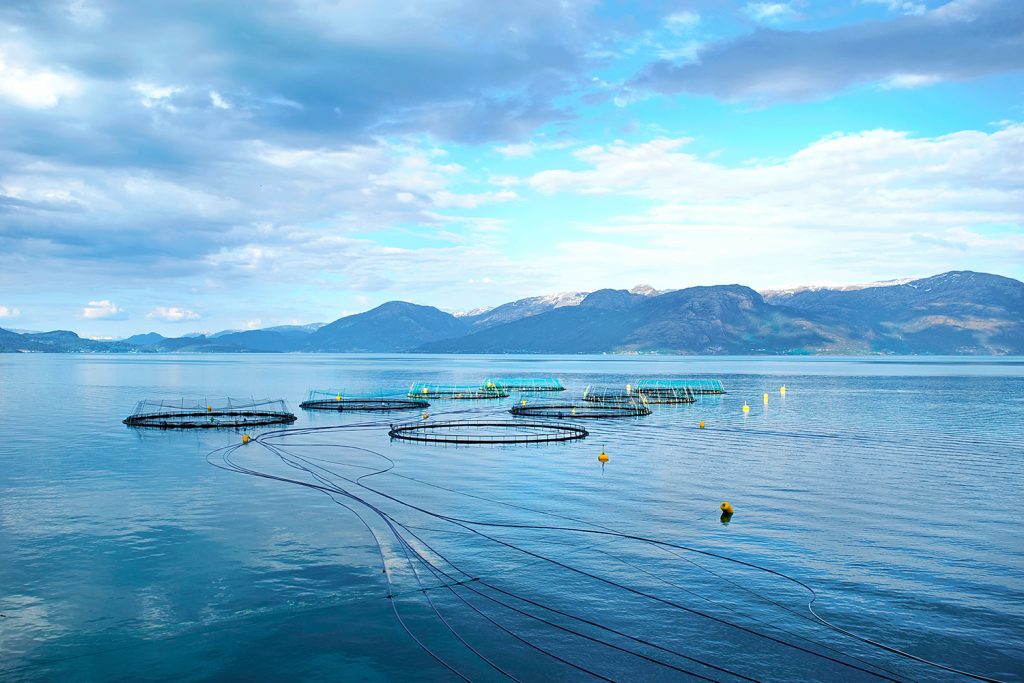
Intelligence
Blockchain expands its aquaculture presence with shrimp and salmon
By tracking products from farm to plate, blockchain helps reduce fraud and improve standing with consumers. But it’s only part of the solution.


